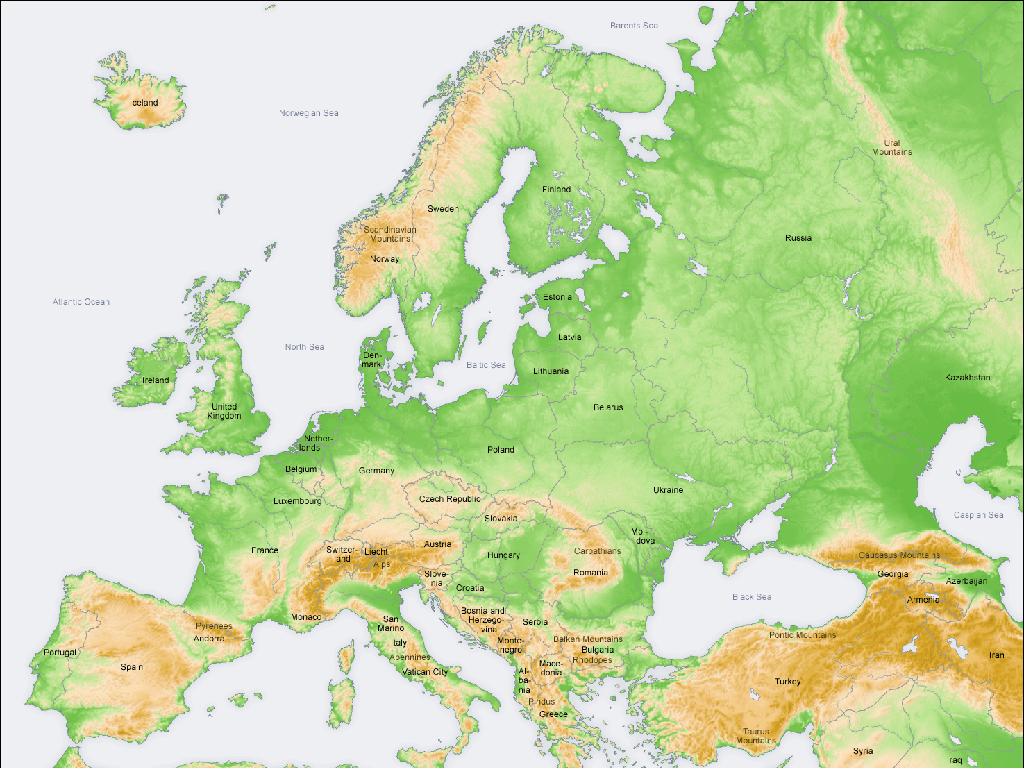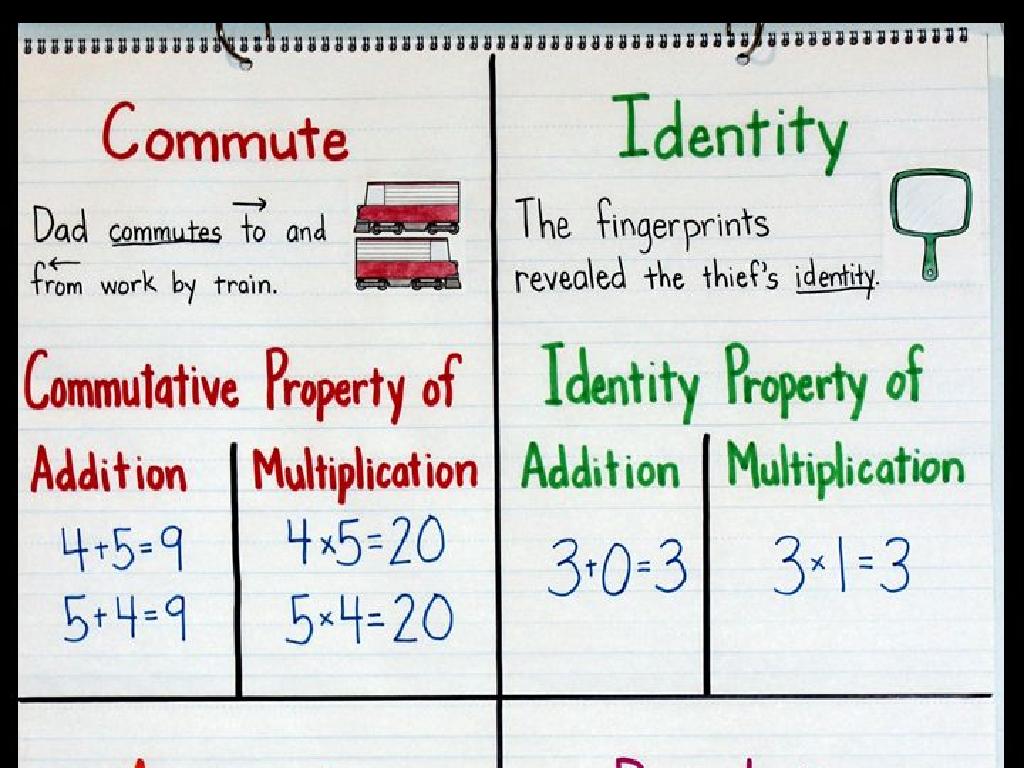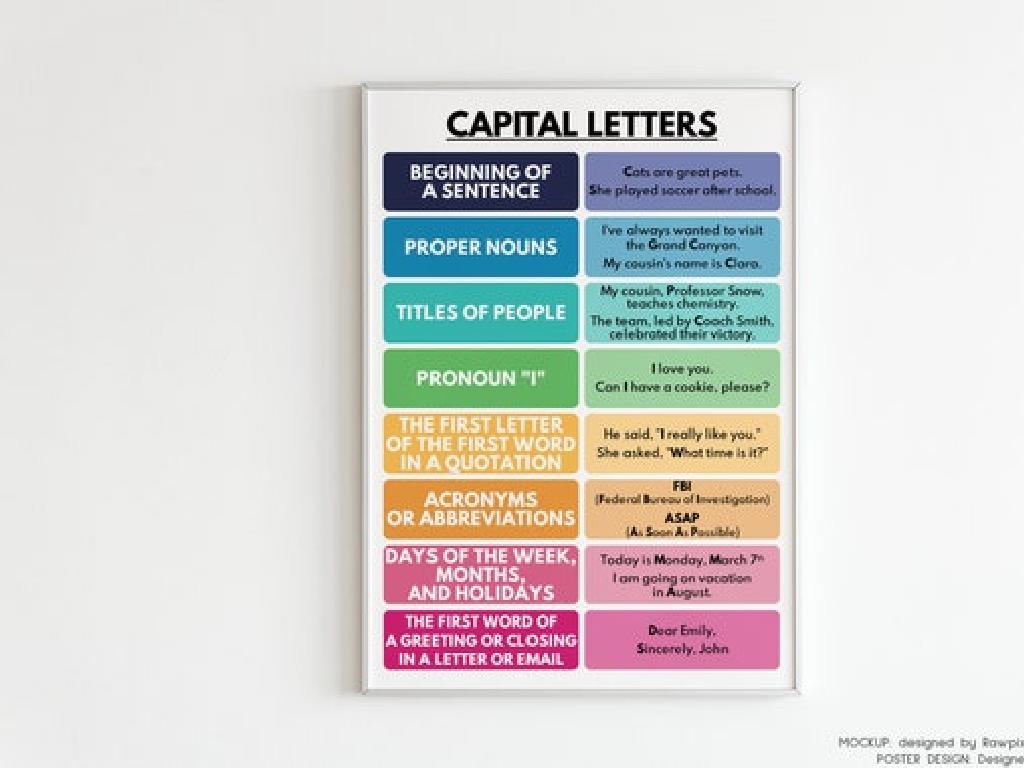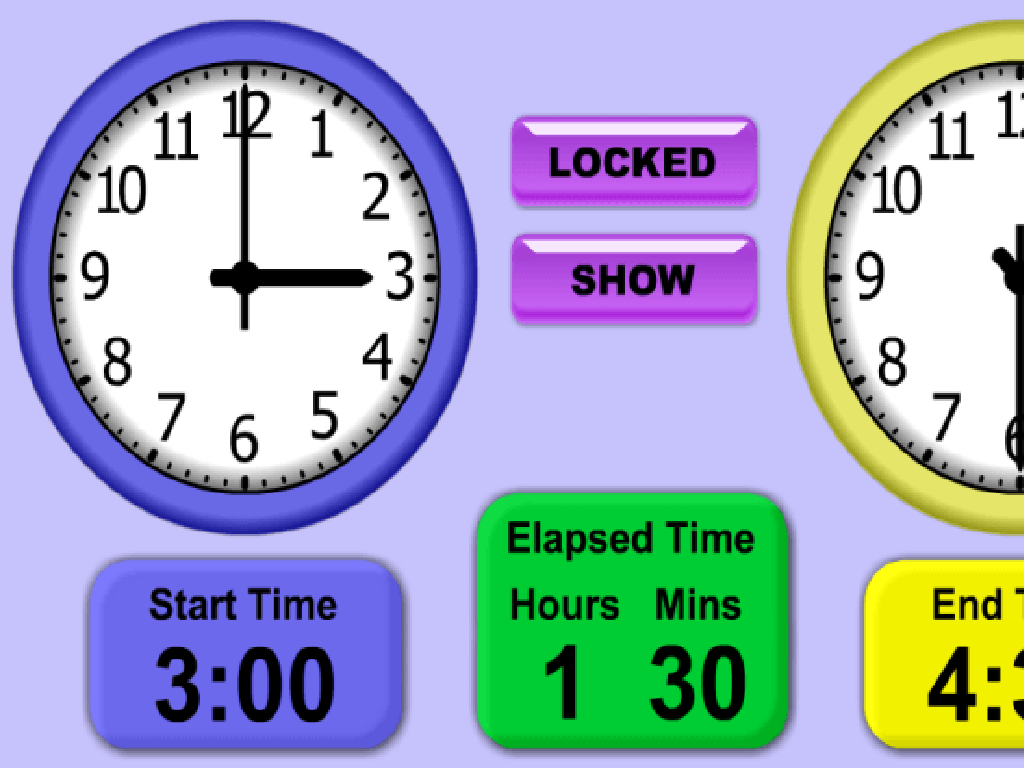Compare And Contrast In Informational Texts
Subject: Language arts
Grade: Sixth grade
Topic: Text Structure
Please LOG IN to download the presentation. Access is available to registered users only.
View More Content
Understanding Compare and Contrast
– Explore text structure basics
– Today’s focus: Compare & Contrast
– Importance of comparing and contrasting
– Helps identify similarities and differences
– Enhances critical thinking skills
– Allows deeper understanding of the material
|
This slide introduces the concept of text structures with a focus on comparing and contrasting within informational texts. Emphasize that understanding text structure is like understanding the building blocks of a building; it helps students to comprehend and organize information efficiently. Today’s focus is on how authors often compare and contrast ideas to present information. Discuss why it’s important to compare and contrast: it aids in understanding complex subjects by breaking them down into similarities and differences, which can simplify and clarify concepts. Moreover, it fosters critical thinking by encouraging students to analyze and evaluate information. During the lesson, engage students with examples of compare and contrast from texts they are familiar with and discuss how this technique helps them understand the content better.
Understanding Compare and Contrast
– Define ‘Compare’
– Looking for what is alike between things
– Define ‘Contrast’
– Looking for what is different between things
– Everyday life examples
– Comparing fruits by taste, contrasting weather patterns
– Practice with texts
|
This slide introduces the concept of comparing and contrasting within the context of informational texts. When we compare, we are finding similarities between two or more items, ideas, or situations. Conversely, when we contrast, we are looking for the differences. It’s important to provide relatable examples, such as comparing the taste of different fruits or contrasting different weather patterns, to help students understand these concepts in a familiar context. Encourage students to think of their own examples and consider how these skills can help them understand and analyze texts more effectively. In the next class, we will practice applying these concepts to actual texts to reinforce learning.
Signal Words in Text Structures
– ‘Similar’, ‘alike’, ‘both’ for comparison
– ‘However’, ‘on the other hand’, ‘unlike’ for contrast
– Practice identifying signal words
– Find and highlight words that show comparison or contrast
– Understand their role in sentences
– Signal words guide readers to see how ideas connect or differ
|
This slide introduces students to signal words that are commonly used in informational texts to indicate comparison and contrast. Understanding these words is crucial for analyzing text structure and for writing effectively. The practice activity will involve students identifying these signal words within sentences, which will help them to better comprehend and analyze the structure of texts they read. Encourage students to look for these words in their reading and use them in their writing to clearly communicate similarities and differences between ideas or topics.
Reading with Purpose: Compare & Contrast
– Spotting compare & contrast structure
– Look for paragraphs that discuss similarities and differences between topics.
– Patterns and signal words
– Words like ‘similarly’, ‘however’, ‘both’, and ‘unlike’ can signal comparisons or contrasts.
– Reading a passage together
– We’ll read a passage as a class and identify the structure used.
– Discussing similarities and differences
– Let’s talk about what’s alike and what’s different in the passage.
|
This slide is aimed at teaching students how to identify the compare and contrast structure in informational texts. Begin by explaining that authors often organize information by discussing how things are alike or different. Show students how to look for specific patterns in the text, such as the use of comparison or contrast signal words. Read a short passage together as a class, guiding students to actively look for these clues. After reading, facilitate a discussion that allows students to practice articulating the similarities and differences they’ve identified. This will help reinforce their understanding of the text structure and improve their critical reading skills.
Example Text Analysis: Compare & Contrast
– Analyze two informational texts
– Read closely to determine what the texts say explicitly and to make logical inferences from it.
– Identify similarities & differences
– Look for common themes or topics and differing viewpoints or details.
– Discuss authors’ comparison reasons
– Why are the authors drawing parallels between these topics?
– Understand authors’ contrasting motives
– What are the authors trying to highlight by showing the differences?
|
In this activity, students will practice their analytical skills by comparing and contrasting two short informational texts. They will look for similarities and differences in content, structure, and perspective. The goal is to understand the authors’ purposes in presenting the information in a comparative or contrasting manner. This exercise will help students recognize patterns and structures in informational texts, enhancing their comprehension and critical thinking skills. Encourage students to think about why authors might choose to compare or contrast information and what this achieves in their writing.
Crafting Comparisons in Texts
– Select two topics for comparison
– Use signal words for structure
– Words like ‘similarly’, ‘however’, and ‘on the other hand’ guide readers.
– Share examples with classmates
– Practice by explaining your comparisons to the class.
– Understand compare & contrast
– Grasp how to analyze and discuss similarities and differences.
|
This slide is aimed at guiding students through the process of creating their own comparisons and contrasts in informational texts. Students should start by choosing two topics that have both similarities and differences. Teach them to use signal words to clearly structure their sentences, making it easier for readers to follow their thought process. Encourage students to share their examples with the class to foster a collaborative learning environment. This activity will help them understand the concept of compare and contrast, which is a key component of text structure in Language Arts. Provide a list of signal words and phrases, and consider having students work in pairs to create their comparisons before sharing with the class.
Class Activity: Compare and Contrast Texts
– Break into small groups
– Receive two distinct texts
– Create a Venn diagram
– Use the Venn diagram to visually organize similarities and differences
– Present findings to class
|
This activity is designed to enhance students’ understanding of comparing and contrasting within informational texts. Divide the class into small groups to foster collaboration. Each group will be given two different informational texts on a similar topic. Students will use a Venn diagram to note the similarities in one section, differences in another, and shared traits in the overlapping area. This visual tool will help them organize their thoughts and better understand the text structure. After completing their diagrams, each group will present their findings, allowing for class discussion and further understanding of the content. Possible texts include articles on similar animals, historical events from different perspectives, or scientific explanations of similar phenomena. Ensure that the texts are appropriate for the sixth-grade reading level and that they have clear, comparable elements.
Wrapping Up: Compare & Contrast
– Recap: Comparing & Contrasting
– Significance in Informational Texts
– Understanding structure aids comprehension
– Reflect on Today’s Learning
– Think about how this skill helps with different texts
– Engage in Class Discussion
– Share insights and ask questions about the lesson
|
As we conclude today’s lesson, it’s important to revisit the concept of comparing and contrasting within informational texts. This skill is crucial as it allows students to understand how authors organize and present information, which in turn enhances comprehension. Encourage students to reflect on how this skill can be applied to other subjects and in everyday life when analyzing information. Facilitate a class discussion where students can share what they’ve learned, ask questions, and engage with their peers. This will help solidify their understanding and allow them to appreciate the value of compare and contrast in their academic journey.





